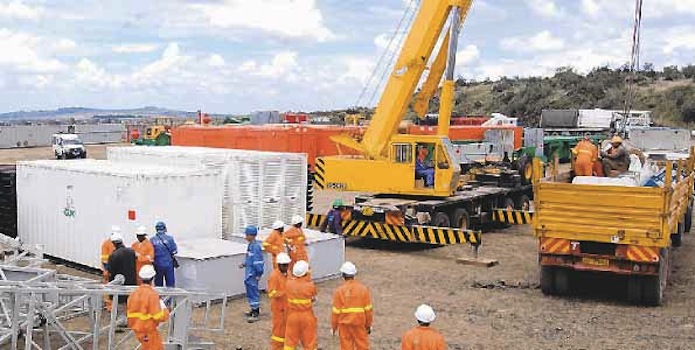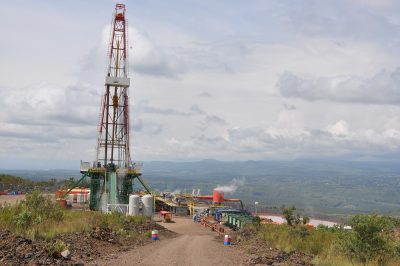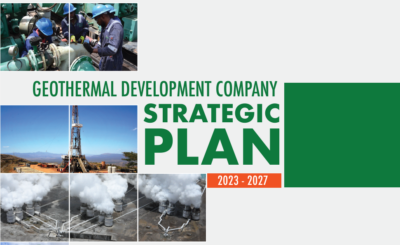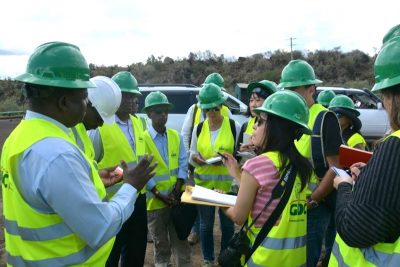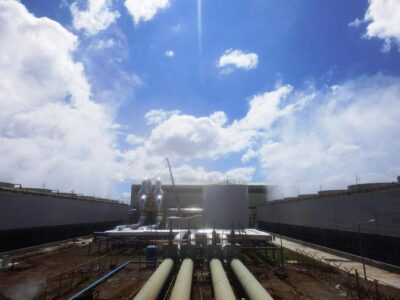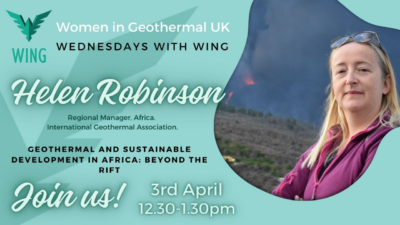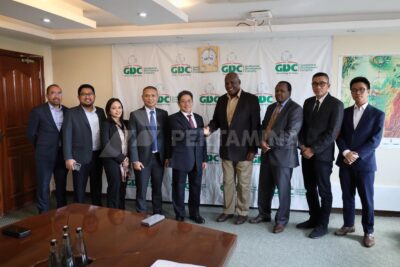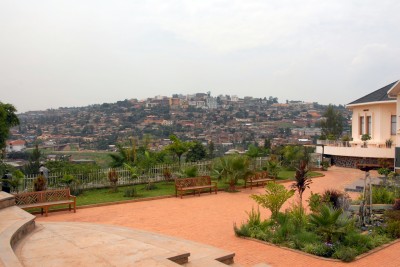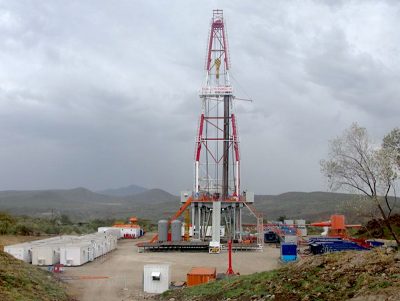German KfW provide US$65m for exploration grant program in Eastern Africa
German development bank KfW announces kick-off of the geothermal exploration facility for Eastern African countries. The facility provides a grant based cost sharing program for the first exploration drilling to attract investment into development.
Last week, a “long-awaited kick-off of the geothermal facility in Rwanda, Kenya, Ethiopia, Uganda and Tanzania took place in Addis Abeba with the signature of an agreement by KfW Entwicklungsbank and the African Union.”, so the release by KfW on Friday.
“The agreement provides for a contribution of EUR 50 million (US$65 million) from KfW Entwicklungsbank. The funds will be provided by the German Ministry for Economic Cooperation and Development (BMZ) and the EU. With a completely unique concept the facility will partially offset the high financial risk of non-discovery of exploratory drillings, thus winning over investors for the construction of geothermal power plants in East Africa. Geothermal energy is very reliable and thereby stabilises electricity supply, which in East Africa currently comes 60% from hydropower. During droughts there is often inadequate water to generate power. As a quick fix, governments and the energy supplier bridge these gaps by connecting leased diesel power plants to the power grid. This pollutes the environment and is extremely costly.
“The geothermal facility should make a significant contribution to improving electricity supply in East Africa, in particular for the poor population as well as small and medium sized enterprises. Furthermore, the expansion of geothermal energy sources leads to emission-free electricity generation and lower energy costs”, said Dr Norbert Kloppenburg, Member of the Executive Board of KfW Bankengruppe.
The geothermal facility, which was developed together by KfW Entwicklungsbank and the African Union, provides for a grant amounting to 40% of the costs for the first exploration drillings for suitable government and private project developers. Moreover, successful developers who secure financing of subsequent phases of the power plant construction within 18 months receive an additional success fee.
Today only every fifth private household has access to electricity in East Africa. In addition, electricity demand in the growing economies in East Africa is increasing on average by three to eight per cent annually. Using the heat of the earth can help considerably in meeting this large demand since once the geothermal heat is tapped, it reliably delivers emissions-free electricity independent of weather conditions.
The countries along the East African Rift System, a volcanically active area, possess a geothermal potential of much more than 7,000 megawatts (MW). Today the entire electricity generation potential in East Africa is approx. 4000 MW. It is relatively easy on the East African Rift System to tap into geothermal energy, as many locations create steam of more than 200 degrees at just 1000 metres depth.
For example, with financial support from KfW Entwicklungsbank the first geothermal power plant in Africa went on-line almost 30 years ago in Olkaria, Kenya, about 90 kilometres northwest of Nairobi. Today, the power plants in Olkaria supply approx. 200 MW to the grid and deliver reliable electricity. The capacities will be expanded to approx. 330 MW. Private investors as well have now recognised the advantages of geothermal power and are participating in financing the power plants in Olkaria
The example of Olkaria in Kenya should set a precedent in East Africa. Despite the large potential, interest of the industry and fundamentally promising framework conditions, these resources still remain largely unexplored with the exception of Kenya. The main reason for this is that test drillings generally cost approx. EUR 12 million ($15.6 million) and the probability of success for these first drillings is on international average only 70%.”
Source: KfW release
